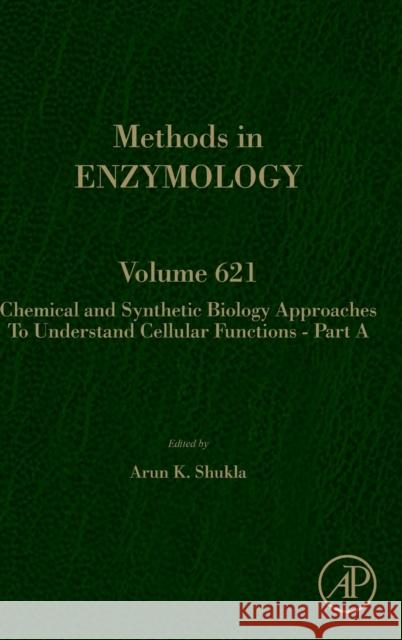Chemical and Synthetic Biology Approaches to Understand Cellular Functions - Part a: Volume 621 » książka
topmenu
Chemical and Synthetic Biology Approaches to Understand Cellular Functions - Part a: Volume 621
ISBN-13: 9780128181171 / Angielski / Twarda / 2019 / 382 str.
Chemical and Synthetic Biology Approaches to Understand Cellular Functions - Part a: Volume 621
ISBN-13: 9780128181171 / Angielski / Twarda / 2019 / 382 str.
cena 704,38
(netto: 670,84 VAT: 5%)
Najniższa cena z 30 dni: 700,05
(netto: 670,84 VAT: 5%)
Najniższa cena z 30 dni: 700,05
Termin realizacji zamówienia:
ok. 30 dni roboczych
Dostawa w 2026 r.
ok. 30 dni roboczych
Dostawa w 2026 r.
Darmowa dostawa!
Kategorie:
Kategorie BISAC:
Wydawca:
Academic Press
Język:
Angielski
ISBN-13:
9780128181171
Rok wydania:
2019
Ilość stron:
382
Waga:
0.67 kg
Wymiary:
22.91 x 15.19 x 2.24
Oprawa:
Twarda
Wolumenów:
01











